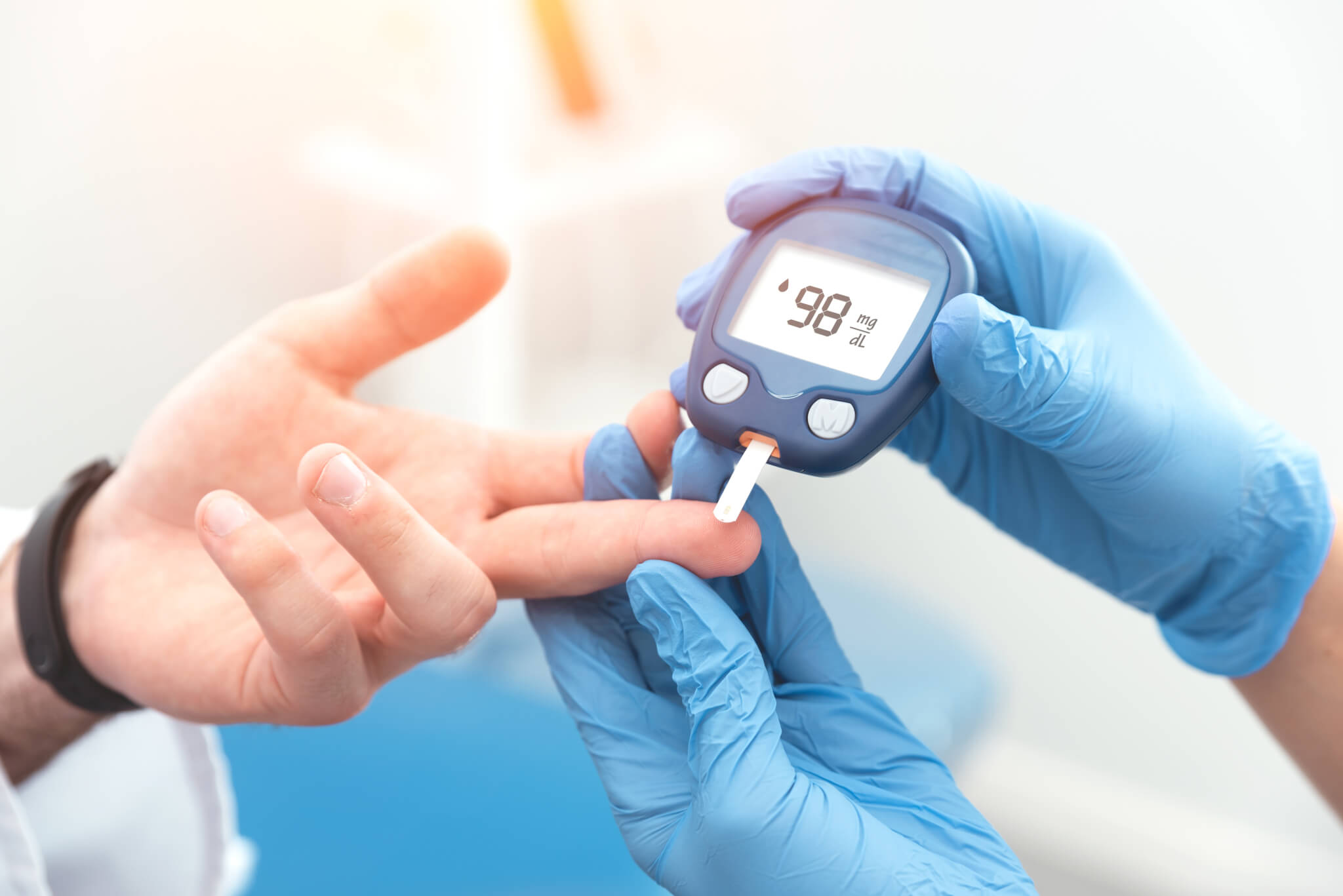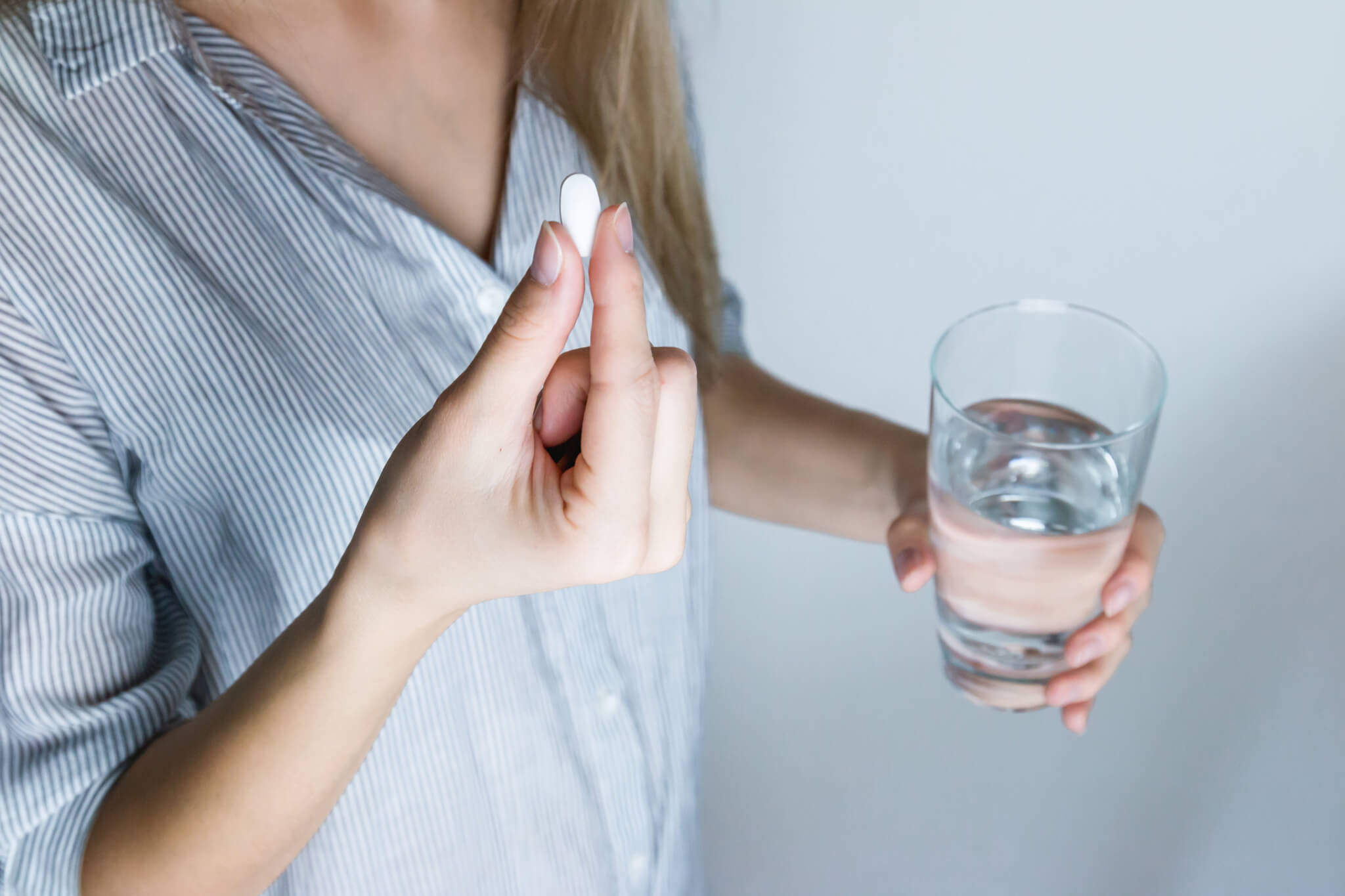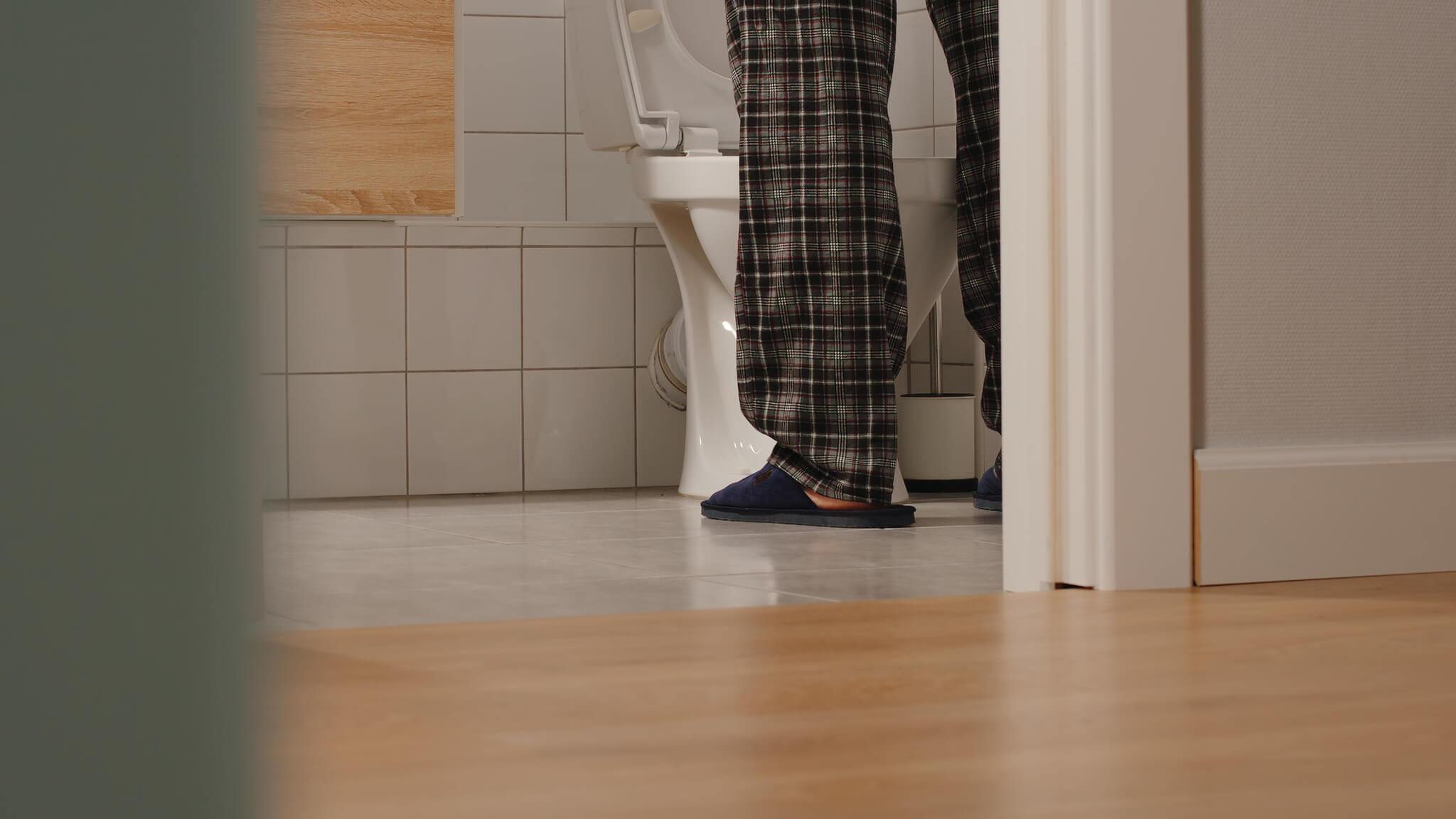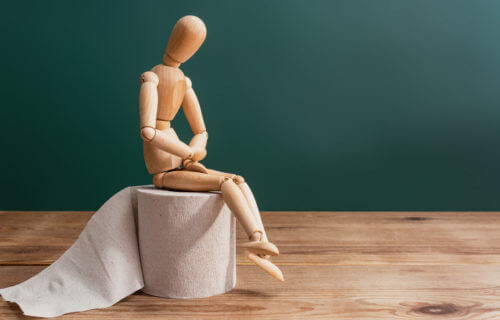Before leaving the house, some people have a simple checklist – stove off, lights out, pee. Going to the movies? Find your seats and better go pee before the lights go down. Intermission at the theater – go pee. Even their friends know their pee impulses. Sound familiar? Are you hyper-conscientious, anxious, or is there another medical reason you always feel like you need to pee? It’s frustrating, annoying, and time to get it checked.
The following are the most common reasons why you may feel like you need to urinate all the time.
1. Urinary tract infection
The urinary tract is the kidneys, ureters, bladder, and urethra. If germs enter the system, you can develop a urinary tract infection (UTI.) Signs include:
- Burning or pain when you urinate
- Feeling like you need to urinate more often than usual
- Feeling a strong urge to urinate but not being able to
- Leaking urine
- Cloudy or dark urine
- Foul-smelling urine
- Bloody urine
Women get urinary tract infections more often than men because bacteria can reach the bladder more easily. The urethra (the opening to your urinary tract) is shorter in women than in men and is near the rectum. Bacteria from the rectum can easily travel up the urethra and cause infections. Bacteria from the rectum is more likely to get into the urethra if you wipe from back to front (instead of front to back) after a bowel movement.
Having sex can cause UTIs in women because bacteria can be pushed into the urethra. Frequent UTIs may be caused by changes in vaginal bacteria. Antibacterial vaginal douches, spermicides, and some oral antibiotics may cause changes in vaginal bacteria. Avoid using them. Menopause can also cause changes in vaginal bacteria that increase your risk for UTI.
These are some of the things you can do to prevent UTIs:
- Drink enough water to flush out bacteria without overdoing it. Your urine should be pale yellow to almost colorless. There is no scientific evidence that you need to drink eight glasses of water daily. For some people, drinking cranberry juice may help prevent UTIs. Cranberry juice is useless against a UTI which is already present.
- Urinate when you feel like you need to go; don’t hold on to your urine.
- Wipe from front to back.
- Urinate after sex to help wash away bacteria.
- Use a little lubrication (such as K-Y Jelly) during sex if you’re dry.
- If you get urinary tract infections often, you may need to avoid using a diaphragm as a birth control method.
- Avoid bubble baths; they can irritate or push bacteria into the urethra.
- Wear loose-fitting clothing (including underpants).
2. Diabetes
Diabetes is a disease that occurs when your body doesn’t make or use the hormone insulin properly. It causes too much blood glucose (sugar) to build up in the blood. Frequent urination, with an abnormally large amount of urine, is often an early symptom of diabetes, as the body tries to eliminate excess sugars through the urine. Common symptoms of diabetes include:
- Frequent urination
- Extreme thirst
- Unexplained weight loss
- Fatigue or drowsiness
- Blurry vision
- Slow-healing wounds, sores, or bruises
- Dry, itchy skin
- Tingling or numbness in the hands or feet
- Frequent or recurring skin, gum, bladder, or vaginal yeast infections
Not everyone with diabetes will have all the symptoms or the same intensity of symptoms.

3. Prostate conditions
The urethra passes through the prostate as it carries urine out of the body. As men age, the prostate gland slowly gets bigger. The condition is called benign prostatic hyperplasia (BPH). As the prostate gets bigger, it may press on the urethra. This can cause a slower, weaker urine stream. About 50 percent of men over age 50 have BPH. Up to 90 percent of men older than 80 have it. As it gets bigger, it may press on the urethra. This can cause a slower, weaker urine stream. The following factors could increase your risk of BPH:
- Age 40 or older
- Family history of BPH
- Obesity
- Cardiovascular (heart and circulatory) disease
- Type 2 diabetes
- Sedentary lifestyle
- Erectile dysfunction
- Age-related changes in male hormone levels
Most symptoms of BPH start gradually. They include:
- Getting up more often at night to urinate (nocturia)
- Having to empty the bladder frequently during the day (polyuria)
- Difficulty in starting the urine stream (hesitancy)
- Dribbling at the end of urination
- Decrease in the size of the urine stream
- A weaker urine stream
- Difficulty controlling urination (incontinence or urgency)
See your doctor about any of these symptoms. They can be caused by other, more serious diseases than BPH, such as a bladder infection or bladder cancer. Your healthcare provider can decide how to identify the cause.
4. Diuretics
Diuretic medications, often prescribed for high blood pressure (hypertension) are supposed to increase urine output. So, you can expect to urinate more frequently.
Sometimes diuretics cause too much urination. You may have to avoid some foods and beverages that irritate the bladder or have a diuretic effect. Some of these include:
- Alcohol
- Chocolate
- Spicy foods
- Artificial sweeteners
- Carbonated beverages
- Tomato-based products
It’s also important to eat high-fiber foods because constipation can make an overactive bladder worse, it’s important to get enough fiber in your diet.

5. Pregnancy
It is common to pee more often throughout pregnancy, but especially during the first three or four months. In this early stage, two things can cause more frequent urination. One is changing hormone levels; the other is your newly expanding uterus pressing on your bladder. As the uterus enlarges, it rises out of the pelvis to occupy the abdomen, which takes some pressure off the bladder. In the last two or three months of pregnancy, the uterus again puts pressure on the bladder.
Pregnant women can also get UTIs. Frequent urination might be her only symptom, or she might have additional symptoms. Some of these urinary symptoms are:
- Burning sensation (dysuria)
- Cloudy appearance
- Foul smell
- Red or pink color
- Dark (concentrated) urine
UTIs need to be treated promptly with an antibiotic during pregnancy. They can lead to very serious problems in both mother and baby, even premature, preterm, labor, and birth.
6. Overactive bladder syndrome
Overactive bladder (OAB) is a combination of symptoms that may cause you to urinate more frequently, have uncontrollable urges to pee, experience incontinence and have to pee at night.
Overactive bladder is common. It affects about 33 million adults in the U.S. – up to 30 percent of men and 40 percent of women. That number may be higher, however, because many people feel too embarrassed to get help.
Conditions that affect bladder muscle cause overactive bladder. Some of these conditions include:
- Pregnancy and childbirth can stretch and weaken pelvic muscles that support the organs in your lower abdomen. Your bladder may sag out of its normal position.
- Damaged nerves can send signals to your brain and bladder to pee at the wrong time. Some of the conditions that can cause nerve damage include pelvic or back surgery, herniated discs, Parkinson’s disease, multiple sclerosis, or a stroke.
- A UTI can irritate your bladder nerves and cause the bladder to spontaneously contract.
- Overweight can put extra pressure on your bladder.
- Estrogen deficiency after menopause may cause urge incontinence.
Overactive bladder has a variety of symptoms. These include:
- Urinary urgency
- Urinary frequency
- Urge incontinence – a sudden, uncontrollable need to pee, and you may leak urine
- Nocturia

Tell your healthcare provider if you have symptoms. They will know how to find the cause. The good news is that there are effective treatments.
Some behavioral changes may relieve symptoms:
- Be aware of your diet. Stop eating or cut back on drinks or foods that may trigger bladder symptoms. These may include:
-
- Tea
- Coffee
- Alcohol
- Caffeinated soft drinks
- Fruits and fruit juices
- Chocolate
- Tomatoes and tomato-based products
- Spicy and acidic foods and drinks
- Products that contain artificial sweeteners, such as diet soft drinks and some chewing gums
- Constipation can put pressure on the bladder. To help maintain bowel regularity eat plenty of fiber, drink two to four glasses of water daily in addition to your usual beverages, and exercise regularly.
- Manage your weight. Overweight can put pressure on the bladder.
- Do not use tobacco in any form.
- Bladder training consists of learning to suppress urgency, delaying urination, and urinating at scheduled times, not in response to bladder sensation.
Other treatments include:
Botulinum toxin injections (Botox) can be injected into the bladder wall. This therapy is very effective but wears off in about six months. Most people need to repeat injections every six months.
Medications can help restore normal bladder function. Commonly prescribed medications for overactive bladder include anticholinergic medications which help regulate bladder muscle spasms, and beta-3 adrenergic medications which relax bladder muscle.

